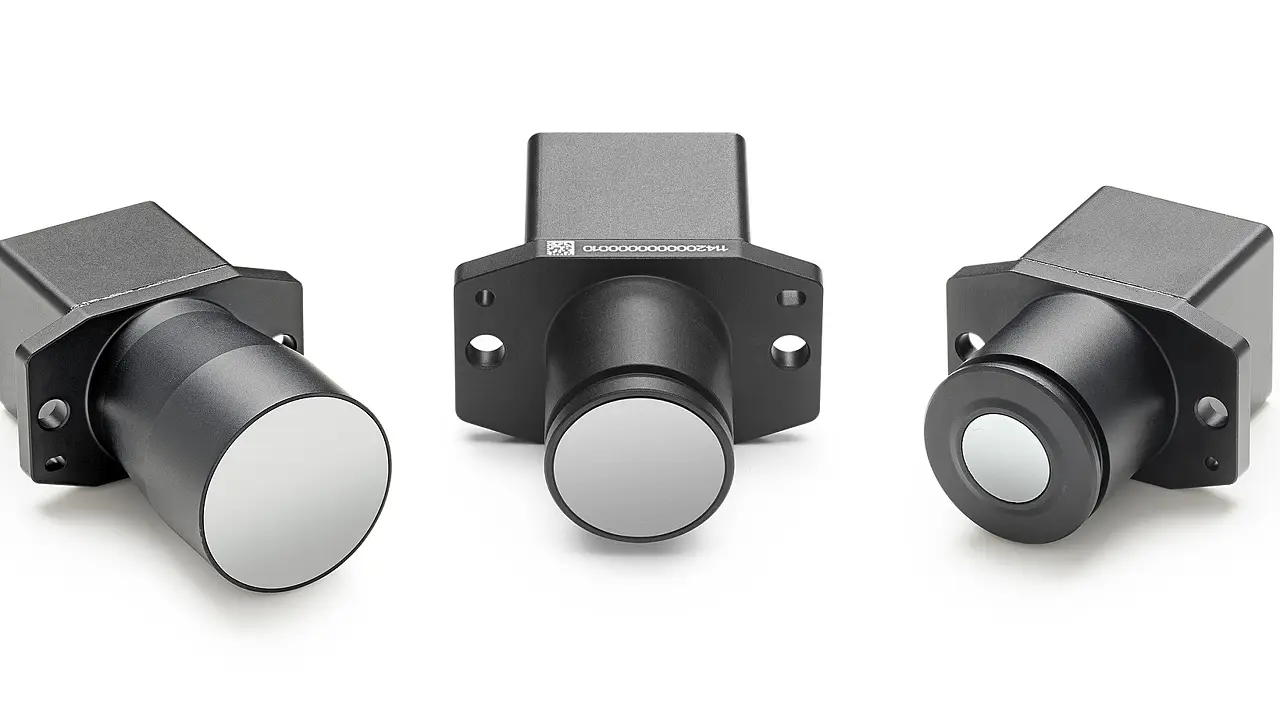
Valeo and Teledyne FLIR have joined forces in a strategic collaboration to integrate thermal imaging technology into the automotive industry, amplifying road user safety. The collaboration has already secured a significant contract from a leading global automotive OEM, marking a breakthrough in the advancement of advanced driver-assist systems (ADAS) technology to enhance vehicle and road safety.
This system will integrate with Valeo's extensive range of sensors and utilise Valeo’s ADAS software stack to support functions like automatic emergency braking (AEB) at night for both passenger and commercial vehicles, as well as autonomous cars.
Valeo will leverage its expertise in automotive vision systems to integrate Teledyne FLIR thermal vision technology, providing the OEM with a comprehensive solution for night vision, including perception software based on Valeo’s AI and Graphical Visualisation stack.
Marc Vrecko, President of Valeo Comfort and Driving Assistance, expressed enthusiasm about the collaboration, highlighting Valeo's commitment to expanding its portfolio of perception solutions. The integration of thermal imaging is poised to enhance the overall performance of ADAS and autonomous vehicle systems, ensuring heightened safety for road users, especially during night-time.

Paul Clayton, Vice President and General Manager of Teledyne FLIR, emphasised their strides in incorporating thermal imaging into automotive safety systems, from aftermarket driver-aid technologies to autonomous robotaxis. The collaboration with Valeo aims to make thermal imaging technology ubiquitous in transportation, enabling drivers and automated vehicle safety systems to navigate complete darkness, cluttered environments, and adverse weather conditions.
With road safety becoming an escalating concern, especially at night, this collaboration addresses critical issues, contributing to the evolution of automotive safety systems. The incorporation of thermal imaging is pivotal for detecting and classifying living objects in low-light conditions and inclement weather, a feature not present in existing AEB systems. As the United States witnesses a surge in pedestrian fatalities, regulators are proposing stricter testing standards for AEB systems, including night testing, further underscoring the significance of thermal imaging for comprehensive road safety.
Also Read